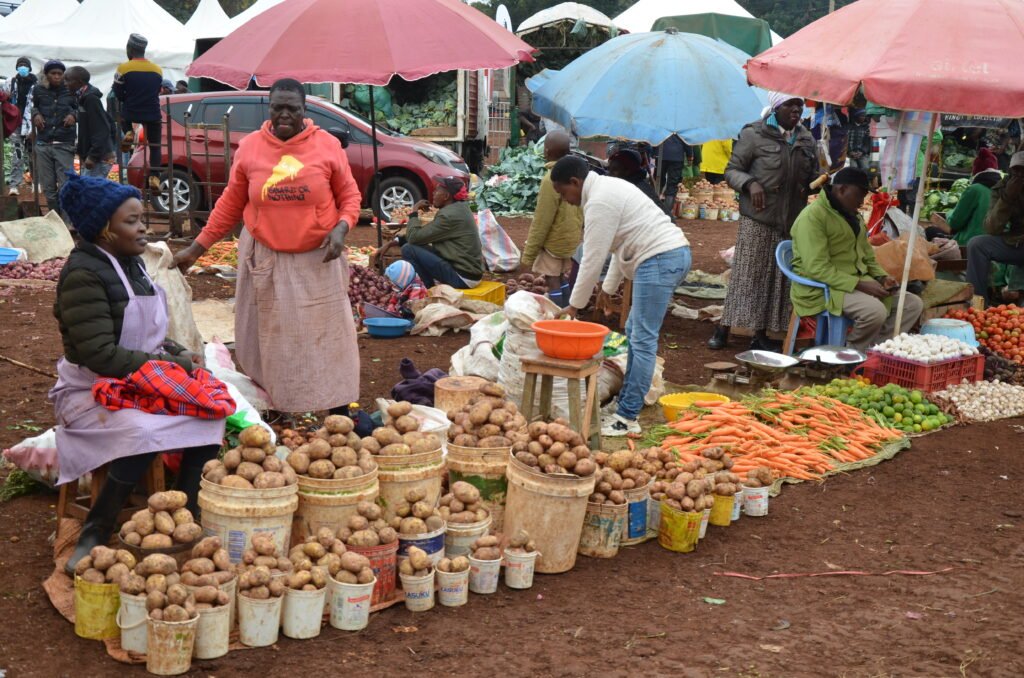The inflation rate climbed to a three-month high of 4.15% in July, driven by rising costs of essential goods and services, including food, transport, and utilities.
According to data from the Central Bank of Kenya, the latest figure is nearly the same as April’s inflation rate of 4.11% and marks an increase from the steady rates of 3.82% and 3.75% recorded in June and May, respectively.
The upward trend was primarily fueled by price surges in key categories, with food and non-alcoholic beverages rising by 6.8%, transport costs increasing by 4.1%, and housing, water, electricity, and gas edging up by 1.3% compared to the same period last year, according to the Kenya National Bureau of Statistics (KNBS).
While the inflation rate remains within the government’s target range of 2.5% to 7.5%, increases in fuel prices could exert further pressure on the cost of living.
The government recently confirmed the depletion of its fuel subsidy fund, which had previously helped stabilize retail fuel prices. Without this cushion, consumers are now more vulnerable to fluctuations in the global oil market, which have already pushed fuel prices up by over Sh8 per litre.
If this continues, inflation could accelerate further, squeezing household budgets and complicating economic recovery efforts. The situation highlights the delicate balance the government must strike between fiscal sustainability and protecting consumers from sharp price increases, particularly in essential sectors that directly impact livelihoods.


